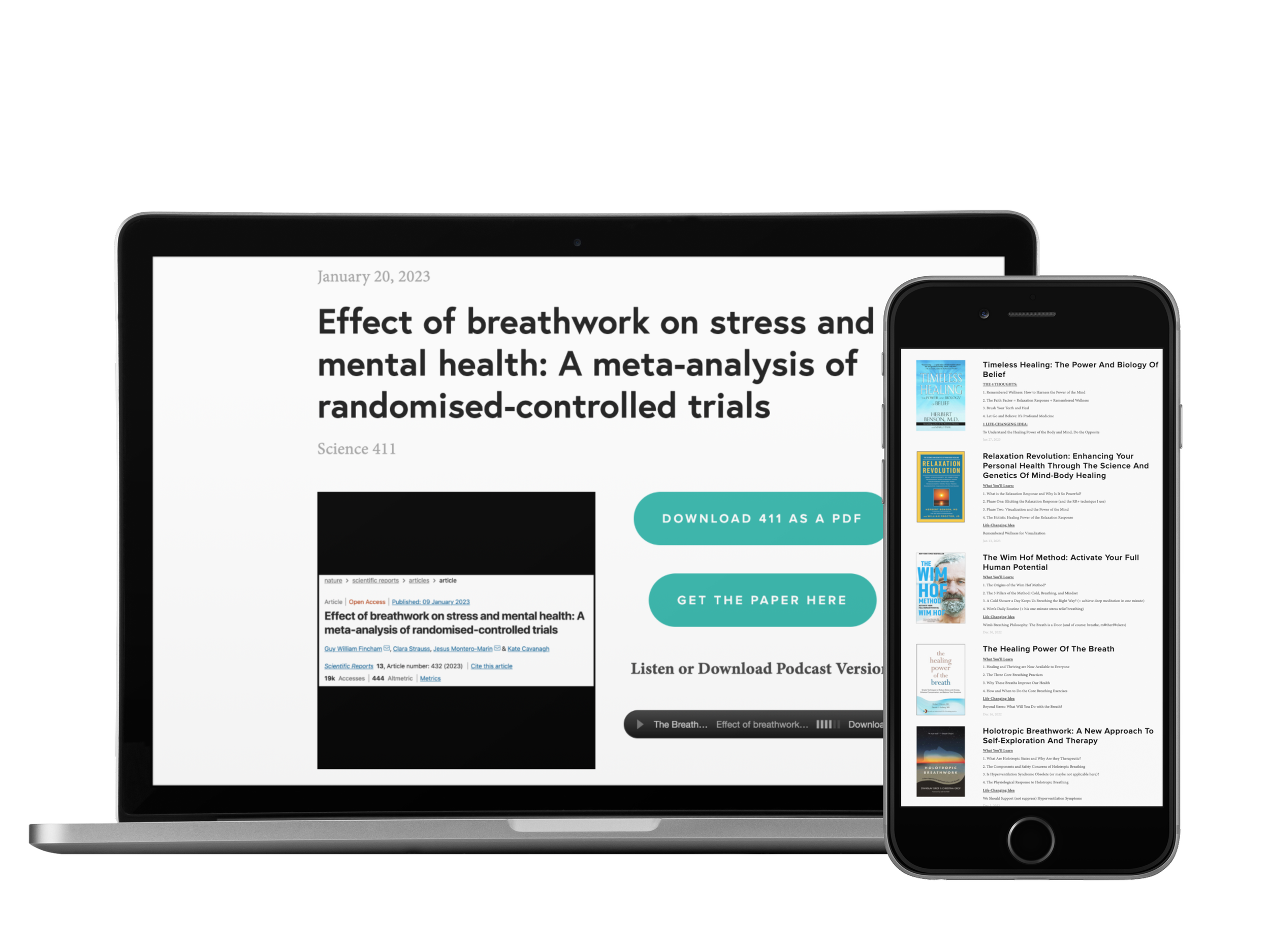Listen Instead of Reading
If you enjoy listening, you can subscribe to the audio version on Spotify, Apple Podcasts, and Audible so you don’t even have to look at the email 😊
4 THOUGHTS
1. Introducing…
Now open. Check it out.
2. Seeing More Joy
Doing a deliberate slow nasal breathing practice first thing every morning is like putting on joy contacts to start your day.
3. A Good Case for Doing Your Practice in the Morning
“We each have our unique starting baseline—the level of stress arousal that we usually hover around through any typical day … Regardless of where we start from, the lower we can get our baseline stress arousal, the better—it means we’ll be much more able to tolerate the peaks of stressful events.”
- Elissa Epel, Ph.D., The Stress Prescription
To me, this passage presents a good case for doing our slow breathing (or whichever practice you do) first thing in the morning. By starting at a lower baseline, we’ll tolerate the day’s stressors better 👏
***
P.S. And if you choose slow nasal breathing, you’ll get the added bonus of seeing more joy 😊 (see Thought #2).
4. The Power of Breath Awareness
Dr. Amishi Jha discussing breath awareness in Peak Mind:
“[W]e use the breath for a couple of important reasons: It anchors us in the body. It allows us to experience the body sensations that are unfolding in real time as we breathe, in the here and now. … And finally, our breath is always with us. It’s the most natural built-in target for our attention that we can always return to.”
Put simply: The breath is the best way to be present with what is happening now.
1 Quote
“The first step in changing reality is to recognize it as it is now.””
1 Answer
Category: A Funny Breathing Exercise
Answer: This breathing exercise causes the abdomen, chest, and diaphragm to tighten while also expanding alveoli, all of which may improve lung function.
…
(Cue the Jeopardy! music.)
…
Question: What is laughing?
In good breath,
Nick Heath, T1D, PhD
“Breathing is the compound interest of health & wellness.”
* An asterisk by a quote indicates that I listened to this book on Audible. Therefore, the quotation might not be correct, but is my best attempt at reproducing the punctuation based on the narrator’s pace, tone, and pauses.









